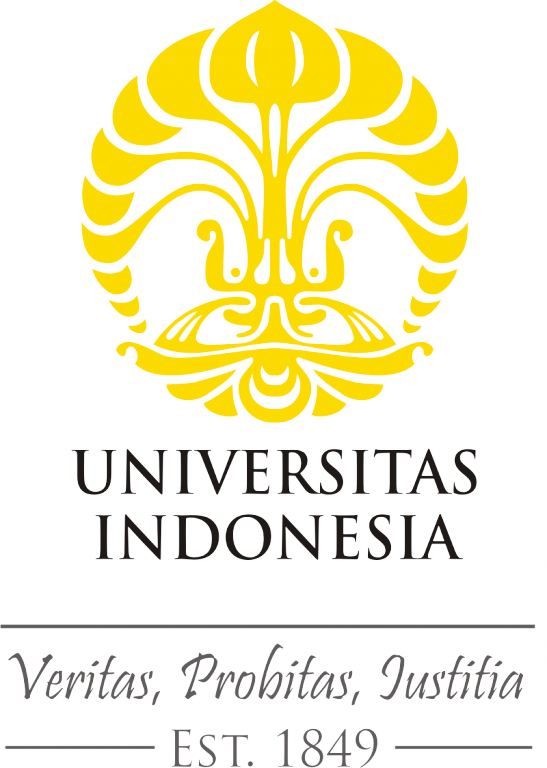
Universitas Indonesia


| Call Number | SEM-214 |
| Collection Type | Indeks Artikel prosiding/Sem |
| Title | The Personal Presence System - Hardware Architecture |
| Author | Michael E. Lukacs; |
| Publisher | Second ACM International Conference on Multimedia 1994 |
| Subject | |
| Location |
| Nomor Panggil | ID Koleksi | Status |
|---|---|---|
| SEM-214 | TERSEDIA |
The Personal Presence System (PPS) experimental prototype is being designed to support multiparty multimedia visual services which use advanced video combining techniques. This paper is a companion to another paper in this proceedings: "The Personal Presence System - A Wide Area Network Service Resource for the Real Time Composition of Multipoint Multimedia Communications"[1] which contains a detailed service description. This paper describes the architecture of the Advanced Video Bridge (AVB) (Fig. 1) experimental prototype that is central to PPS. This bridge is a shared resource designed for deployment in proximity to other switching and transcoding resources. It provides a single point of contact for each user so that only one combined video stream is received. This solves the N squared transmission problem of multipoint video conferencing and allows customer premises terminal equipment to be much simpler and less expensive to promote universal video teleconferencing. The AVB is made of a multitude of atomic modules called Video Composing Modules (VCMs) (Fig. 5) which are linked together on an as needed basis to form Video Composing Chains (VCCs) (Fig. 4) of variable length. Each conference participant uses one VCC to customize his or her view of the other participants and conference video objects. Each user has complete and individual control over the appearance and associative connectivity of their video display. The unprecedented degree of control given to each user by the PPS. AVB is due to the nature of the VCM which utilizes the mechanism of pel rate priority multiplexing to give the customer the now familiar paradigm of many overlapping windows that they can move, grow, and shrink at will. The VCM also provides the abilities to temporally subsample or freeze video frames. and to cut out portions of a video scene from the background using rectangular frames and/or keying based upon the color and brightness of objects. The AVB will also be a universal converter of standards and coding schemes so that people with different terminal equipment, having different scan rates and formats and codings can talk to each other without barriers.